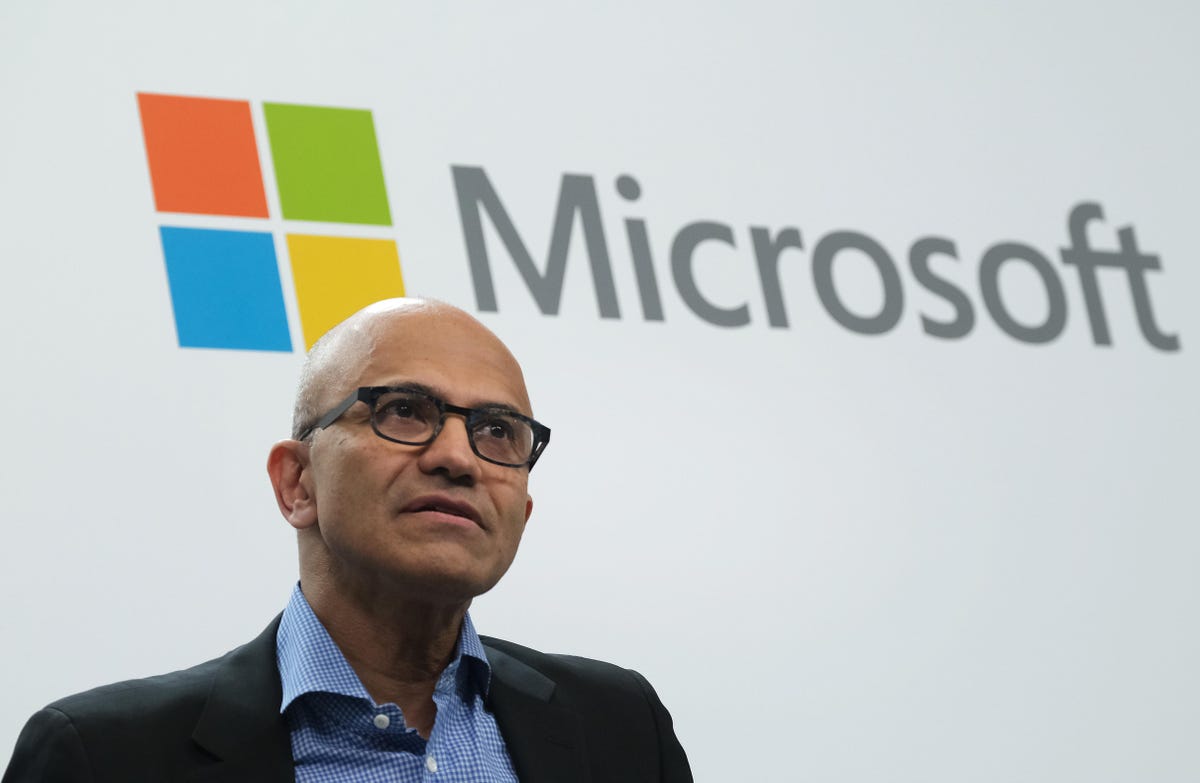
Over the last several years there has been a litany of information around the business case of persons with disabilities. Organizations from The World Economic Forum to Accenture have demonstrated that the thinking around disability is gradually becoming part of the larger conversation of diversity and inclusion and a critical aspect to engaging a corporate culture amid a transformation and an emerging consumer market eager to connect with brands that understand their needs and wants. Central to this conversation is the knowledge of the value of accessibility.
Accessibility has been defined by having the quality to be easily reached, entered, or used by people who have disabilities. As the business case and demographic data have revealed, the disability community is larger than the size of China with 1.85 billion people and $1.9 trillion in annual disposable income. If you add their friends and family who are emotionally connected that is an additional 3.4 billion people with control of $13 trillion in annual disposable income. These numbers are not only striking but motivate numerous companies to explore these various opportunities more thoughtfully.
Technology companies have certainly been the early adopters in recognizing the inherent value of accessibility. Most notably was Microsoft’s CEO Satya Nadella who understood that this must be an essential aspect for the future of their core business writing “As I think about living our mission, top of mind for me heading into 2016 is how we must make Microsoft products accessible to the more than 1 billion people globally of all abilities. This is a shared goal. Universal design is central to how we realize our mission and will make all our products better. Along with our Senior Leadership Team, I will continue to devote my time and passion to this priority.”
As technology companies have set the tone, there has been a noticeable sea change in how businesses are recognizing the value of accessibility as a key indicator to the business strategy of the 21st Century. Retailers have begun to identify the need to explore new ways of thinking about the intersection of business, disability, and increased profitability. The multinational giant Wal-Mart has certainly put its hat into the ring by expanding its diversity and inclusion initiatives with the formation of the Accessibility Center for Excellence in May 2021 strengthening its commitment to advancing inclusion for people with disabilities. Wal-Mart expressed that the new center would assess current policies and procedures companywide so it can develop strategies aimed at increasing digital and physical accessibility for employees and customers.
Since the expansion of this accessibility credo by corporate leadership, it is important that we take a closer look to truly assess what this means and the real impact it can have across an everchanging business landscape. Accessibility should be viewed as a mindset where organizations see access not just as central to the disability market discussion, but rather critical to the business of inclusion. By shaping products and services that are easier to use is not only beneficial to persons with disabilities but offers a whole new set of value propositions to the larger consumer marketplace. Accessibility is a fundamental aspect of the consumer experience. Businesses must move away from the litigious language that has often shrouded accessibility in the past but realizes that reconfiguring buildings, technology, to products and services is about expanding into new market opportunities and embracing inclusion as a friend rather than foe.
The journey of accessibility and business still has a long way to go, however, we are truly in a moment of change where corporate leadership is regarding the significance of the disability market viewing it as a true leap in revenue opportunities and a new way of thinking about innovation for years ahead.
MORE FOR YOU




